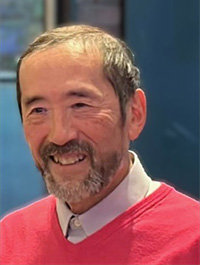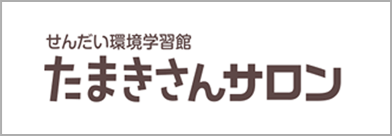Next, we introduce a basic Input-Output (IO) model where processes are represented by a simple linearly model. We also delve into key mathematical aspects, such as the Hawkins-Simon conditions. Moving forward, we explore environmentally-extended IO (EEIO) by introducing the concept of an "intervention matrix," which captures environmentally relevant factors generated per unit of production activity. We use data from the 3EID dataset by NIES to illustrate the intervention matrix.
Life Cycle Assessment (LCA) is a significant component of IE where EEIO is applied. After laying the groundwork of LCA, we demonstrate how EEIO can facilitate LCA, including its application to Scopes 1, 2, and 3 emissions. Additionally, we discuss the current state and limitations of IO in representing capital formation, exploring alternative approaches to address this challenge. We will also cover the expansion of EEIO to a multi-regional framework and discuss the latest developments in MRIO (Multi-Regional Input-Output) databases.
Part 2 covers IO-based LCA applied to renewable power technologies and electric vehicles (EV), along with Waste Input-Output (WIO) analysis, and Material Flow Analysis (MFA).
We start by discussing key features of various power technologies, focusing on renewable energy sources. Next, we examine EEIO-based LCA studies centered around renewables and electric vehicles (EVs). Despite EEIO's widespread use in LCA, it often falls short in addressing waste impacts adequately, mainly due to a lack of explicit consideration of waste flows, treatment, transformation, and recycling in physical terms. We introduce the basics of Waste Input-Output (WIO) tables and models, which were developed to enhance waste-related considerations within EEIO models. We showcase examples of WIO-based studies, demonstrating its application, such as analyzing the waste footprint of products. We also discuss the inherently non-linear characteristics of waste treatment processes, like incineration, and explore potential methods for integrating these processes into WIO models.
Moving forward, we explore Material Flow Analysis (MFA), a major topic in Industrial Ecology (IE) alongside LCA. MFA focuses on identifying the sources and destinations of materials and substances within a system. Despite their close relationship, there has historically been limited integration between MFA and IO. However, the development of the WIO-MFA methodology has significantly improved this situation by providing a cost-effective approach to converting monetary IO tables (MIOT) into physical IO tables (PIOT) based on materials. We highlight applications and recent extensions of the WIO-MFA model. Additionally, we discuss dynamic extensions of MFA, such as the MaTrace model, designed to track specific cohorts of materials and products over time, particularly in open-loop recycling systems.
Finally, we conclude our discussion by exploring remaining topics in LCA, such as social LCA, life-cycle costing, and responsibility sharing.
My recent book A Practical Guide to Industrial Ecology by Input-Output Analysis, Springer, 2023, will be used as the textbook.



